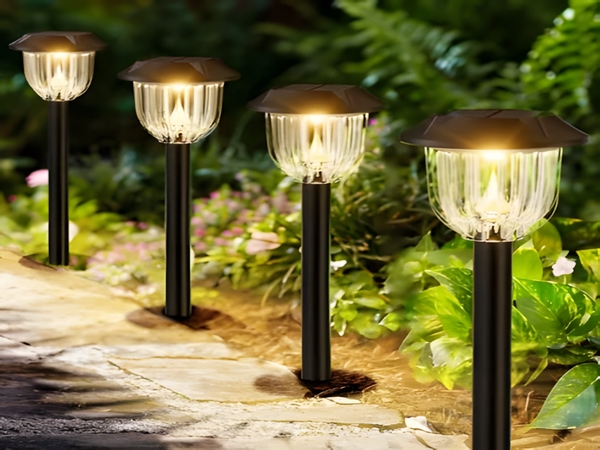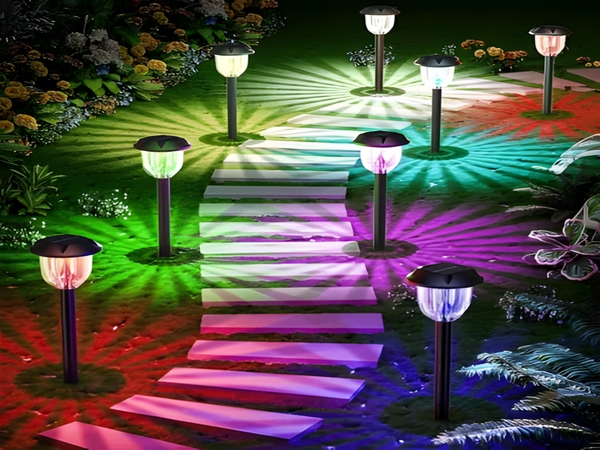
Currently, many regions are promoting solar street lights, especially in the construction of new rural areas, where solar street lights are widely used. The advantage of solar street lights is that they do not require municipal electricity; each set has an independent system, so even if one set is damaged, it will not affect the others. Compared to traditional municipal electric street lights, which require complex maintenance, solar street lights are much simpler to maintain. Although simpler, some technical skills are necessary. Here are some tips from Century Sunshine Lighting:
1. The lamp post of the solar street light must be well treated for wind and water resistance.
The lamp post of the solar street light must be designed based on the different application locations and the size of the solar panels. It is essential to calculate the resistance to wind pressure according to the local conditions and to choose a lamp post that can withstand local wind pressures. The hot-dip galvanized spray treatment should be used, and the angle of the solar panel bracket should be designed according to the local latitude for optimal installation. Waterproof connectors should be used where the bracket connects to the main pole to prevent rainwater from flowing into the controller and battery, which could cause short circuits and damage the components.
2. The quality of the solar panels directly affects the system’s operation.
Solar street lights must be supplied by companies that are certified by authoritative organizations for their solar panel components.
3. The LED light source of the solar street light needs to have reliable peripheral circuitry.

The system voltage of solar street lights is mostly 12V or 24V. Common light sources include energy-saving lamps, high and low-pressure sodium lamps, induction lamps, ceramic metal halide lamps, and LED lights. Apart from LED lights, other light sources require reliable low-voltage direct current electronic ballasts.

4. The use and maintenance of batteries in solar street lights.
The discharge capacity of specialized photovoltaic batteries is closely related to the discharge current and environmental temperature. An increase in discharge current or a decrease in temperature will lower battery utilization and capacity. As environmental temperature rises, battery capacity increases, and vice versa. The battery lifespan will also decrease with rising temperatures and increase otherwise. At temperatures below 25°C, the battery float charge lifespan is 6-8 years; at 30°C, it is 4-5 years; at 40°C, it is 2-3 years; and at 50°C, it is 1-1.5 years. Currently, many places use battery boxes on lamp posts, which is not advisable regarding the impact of operational temperature on battery lifespan.
5. Solar street lights need a controller with excellent functionality.
Having good battery components and batteries alone is not sufficient; a smart control system is required to integrate them into a cohesive unit. We have used initial controllers that provide overcharge protection but lack over-discharge protection, leading to the need for battery replacement.
These tips on the maintenance of solar street lights have been shared here. In summary, using solar street lights for road illumination cannot be a one-time effort of installing photovoltaic lighting systems; necessary maintenance must be provided; otherwise, the longevity of solar street lights cannot be achieved.



